Last-Minute NYC Holiday Gift Guide 🎁
We’ve created a holiday gift guide with presents for the intrepid New Yorker that should arrive just in time—


While working on a graduate school paper on the mystical powers of coral, gemologist Anna Rasche ventured deep into the archives of the Cooper Hewitt Smithsonian Design Museum’s library. Coral is the most powerful material to ward off the evil eye—a belief Italians have held since ancient times. Romans often gifted newborns coral amulets to prevent sickness and bad luck. To this day, you’ll see tons of Italian horn pendants in Little Italy. They are usually red, mimicking the color of red coral used to defend from the “malocchio” for centuries. Among the historical texts Rasche pulled from the stacks, she found more than superstitions about coral, she found inspiration for her own debut novel.
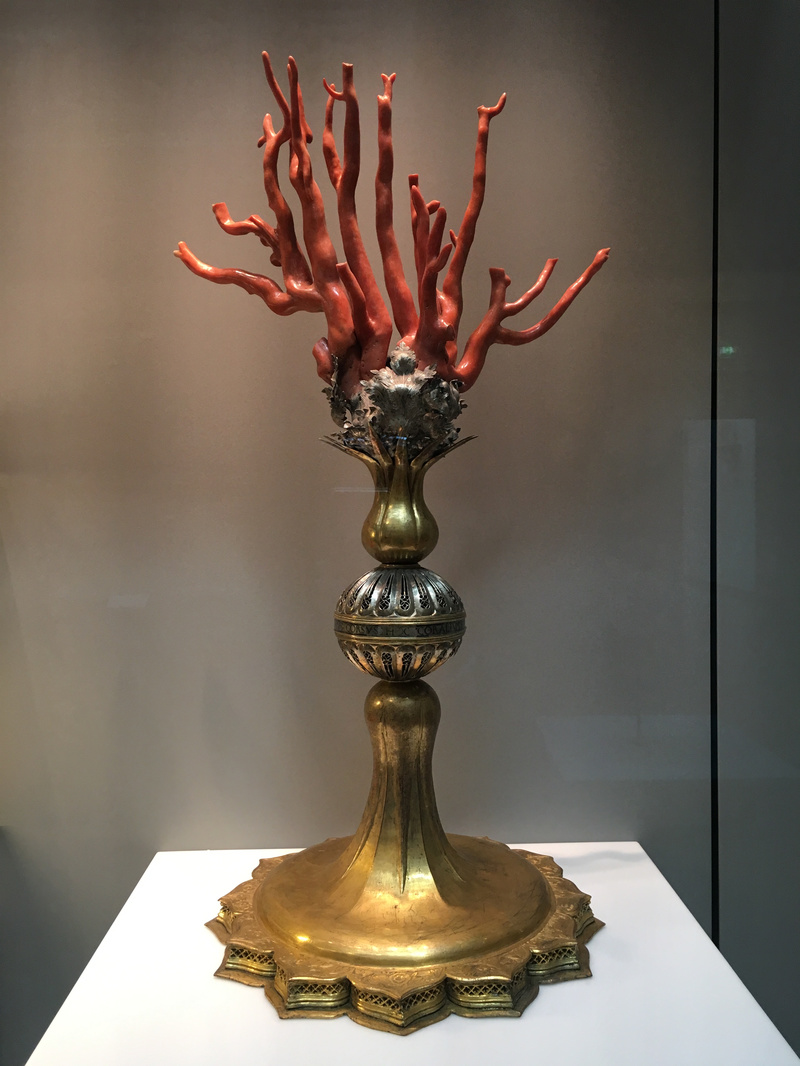
In the library, Rasche discovered lapidary manuscripts from the Middle Ages. “A lapidary is kind of like an encyclopedia of stones,” Rasche explained to Untapped New York, “They explain all sorts of what we would consider magical attributes of the stones, as well as straightforward information like its origin and physiology. But also, ‘It can keep you from being poisoned.’ I thought that was really interesting and a fun idea for a novel.” That novel became The Stone Witch of Florence. To tell this story, Rasche would travel to the historic churches of Italy and comb through the artifacts of New York City’s museums and libraries.
On October 30th, just in time for Halloween, join Anna Rasche for a live virtual talk where she’ll share insights about the artifacts and locations that inspired her debut novel, The Stone Witch of Florence! This virtual talk is free for Untapped New York Insiders! Not an Insider yet? Become a member today with promo code JOINUS and get your first month free.
The Stone Witch of Florence follows the adventures of Ginevra di Gasparo, a 14th-century Genoan who can harness the hidden powers of gemstones to heal the sick. In 1348, during the darkest days of the Black Plague, Ginerva is called out of exile to help catch a thief who has stolen precious relics from the churches of Florence. Driven by the ambition to become a respected physician and escape the stigma of being labeled a “witch,” Ginerva takes a risky gamble by agreeing to help her former persecutors, trusting that they will clear her name if she succeeds in capturing the bandit.
While the book is historical fiction, many of the gemstones Ginerva uses throughout the story and the pieces of jewelry the characters wear were used by medieval Italians in real life. “The original idea for the book was for it to be a close-historical fiction and the only deviation from reality in the world [of the book] would be that the magical beliefs people had at that time actually worked,” Rasche said. In the story, Ginerva wears a coral pendant to shield herself from the evil eye and she gives her friend an amethyst to put under her tongue to prevent drunkenness. These are a couple of examples of beliefs based on history. Rasche did end up inventing a few backstories and exaggerating the powers of some artifacts, but these deviations are all grounded in extensive research into the period and her professional knowledge of gemstones and jewelry.
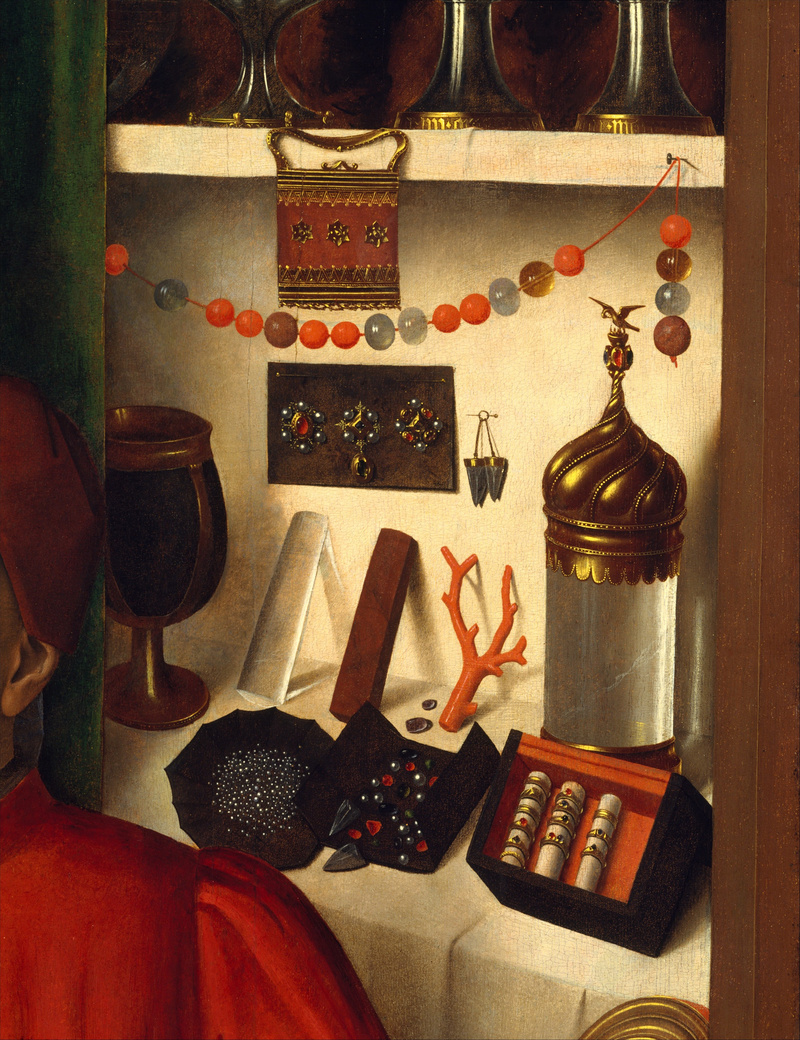
In addition to the ancient lapidaries Rasche found at the Cooper Hewitt library, she also drew inspiration from tangible artifacts on display in New York City museums. “The Met Cloisters have a whole treasury room on the bottom floor. It’s beautiful. It’s my favorite place in the city. They have a lot of really wonderful objects there,” Rasche shared. Rasche also recommends visiting the Morgan Library if you want to see medieval manuscripts and the collections of The Metropolitan Museum of Art for medieval jewelry.
“I think the things that inspired me most were rings,” Rasche said, “Because even if it doesn’t say it on the display, people understood that stones had other powers, and by wearing it on a ring you’re keeping it close to the skin so it’s touching you.” You’ll notice that the centerpiece of the book’s cover is a ring. This particular piece of jewelry figures largely into the story. You can see the ring pictured below at The Met Cloisters in Gallery 14.
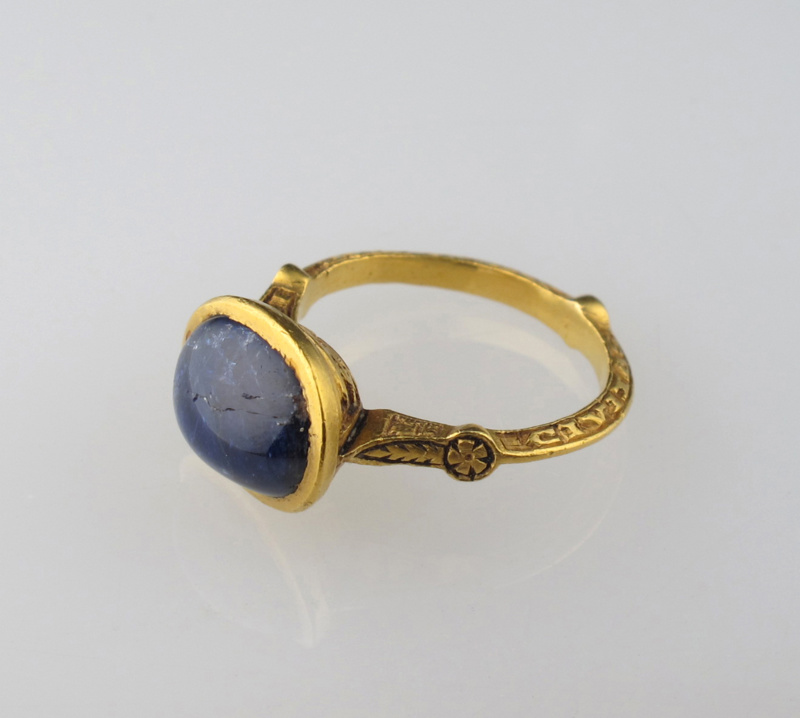
“If you go to the Met, you’ll also see a lot of carved intaglio stones or seal stones, little hard stone rings with carved deities on them. There was a huge trade in these because these were believed to have even more magical powers,” Rasche explained, “[People believed] if you can find an ancient stone with a particular carving on it, it can grant you the ear of kings or things like this.”
Another motif you might notice while perusing antique jewelry collections is the symbol of two-clasped hands. “It is a really well-known form called a fede ring, which means faith in Latin,” Rasche explained, and it appears in the book. “I first came across it dealing with antique jewelry from around the late 18th century up through the 20th century, but when I started looking into the medieval period, I discovered it was a symbol then too. This was also a symbol on ancient Roman wedding rings. It’s kind of cool to wander through the Met and see how these motifs carry on through time.”
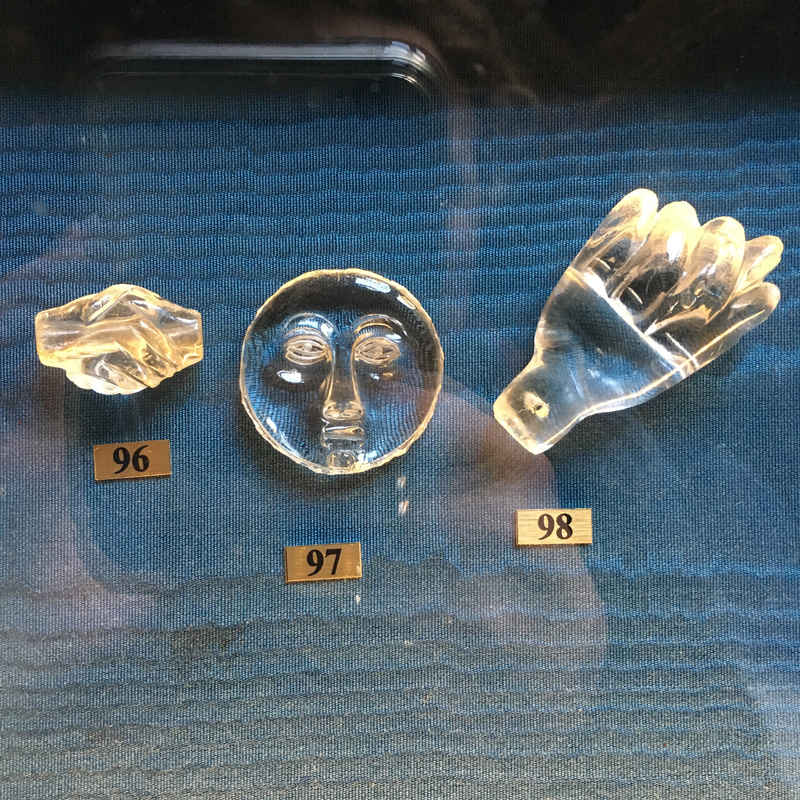
Rasche’s interest in gemology started during her undergraduate years while pursuing a degree in archaeology. “I’ve always loved history and through these archelogy studies, I became interested in ancient jewelry. Particularly through the Etruscan civilizations. They had really fabulous intricate gold work.” After college, Rasche moved from Boston to New York and found work in the Diamond District.
Her first jewelry job in New York was at the Gemological Institute of America based in Manhattan’s Diamond District. “That’s where I learned the science of gemology, the lab work of it, for example, evaluating stones to see if they’ve been treated,” she says. Later, she was immersed in the world of antique jewels while working for the antique jeweler Gray & Davis on 47th Street (now located in the West Village). With a few years of work experience under her belt, Rasche decided to head back to school for a master’s degree.
Rasche came upon the lapidary manuscripts at this time and started jotting down notes that would eventually become a novel. She talked about her book idea for years but never had the chance to bring it to life. After her schooling was complete and she had been working for a few years in the jewelry department of a busy startup, Rasche got burnt out. That’s when—with the encouragement of her boyfriend (now husband)—she decided to go all in on writing her book. The couple packed up for a three-month stay in Italy where Rasche immersed herself in Ginvera’s world.
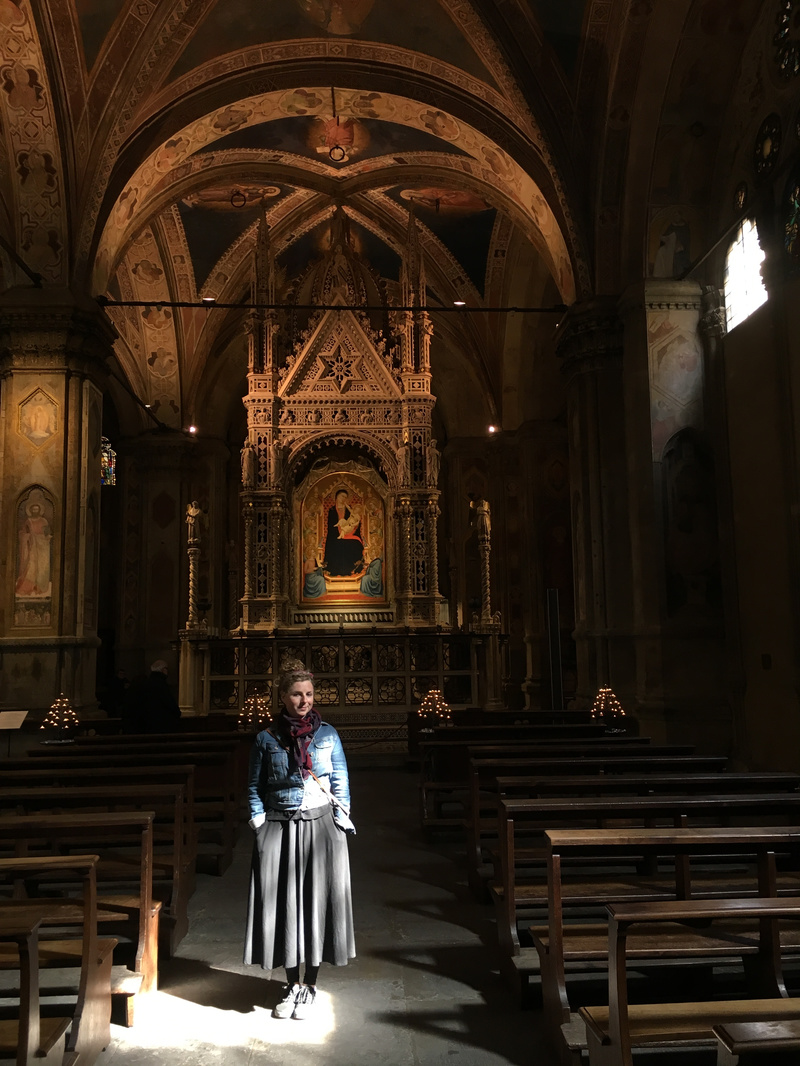
The pair rented an apartment in Rome and Rasche often traveled to Florence. “I was able to figure out the geography and go look up close at these little bits of fresco, and artifacts that are still preserved. You can confirm certain ideas you had, or get entirely new ideas based on, for example, a weird reliquary that you come across. It was really lovely. That was a very fun adventure that I’m so grateful we were able to do together.” Once home in New York, Rasche finished up her research in various libraries and put all the knowledge she gained into the plot.
We won’t give away any spoilers, but we will tell you that the book’s epilogue creates a fun connection between 1920s New York and medieval Italy through the introduction of a real-life female figure who was instrumental in building one of Manhattan’s greatest rare book collections. Grab your copy of The Stone Witch of Florence here and settle in for an entertaining, spooky season read! Learn more about the real magic behind the story in our upcoming talk with the author on October 30th.
Subscribe to our newsletter